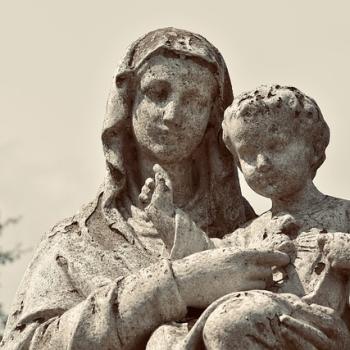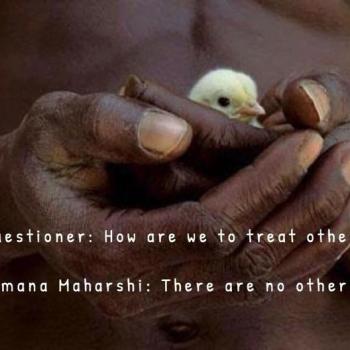On the other hand, the recently rising star of the Gandhi-Nehru dynasty's heir-apparent, Rahul Gandhi, has galvanized a political activism among Indian youth committed to secularism and religious harmony. Where the political winds will blow is impossible to divine, but one can be certain that parties and their leaders will, for better or worse, continue to appeal to the religious instincts of those whose support they seek.
The Future of the Study of Hinduism
The study of Hinduism in the western academy has matured since its period of early growth in the 1960s, when veterans of the Vietnam War and those aiming to avoid it entered graduate schools in large numbers just as the U.S. Supreme Court was opening up the study of religion in public colleges and universities. From an initial primary focus on classical texts and high-caste practices, scholarship and teaching on Hinduism have expanded to include much greater attention to the Hinduisms practiced by women, non-brahmin castes, and members of India's many regional and linguistic communities. Today, a new generation of graduate students and recent Ph.D.s with closer ties to India and better vernacular language skills than their teachers have their eyes trained on emergent phenomena. These younger scholars, many of whose work I rely on to make the observations above, like Luke Whitmore, Amy Allocco, Shital Sharma, and Janet Gunn, will be presenting us a richer, more inclusive, more contemporary, and much more highly nuanced understanding of the complex and diverse worlds inhabited by Hindus.
Brian Pennington is Associate Professor of Religion at Maryville College, Tennessee. He is the author of Was Hinduism Invented?: Britons, Indians, and the Colonial Construction of Religion (Oxford, 2007).




